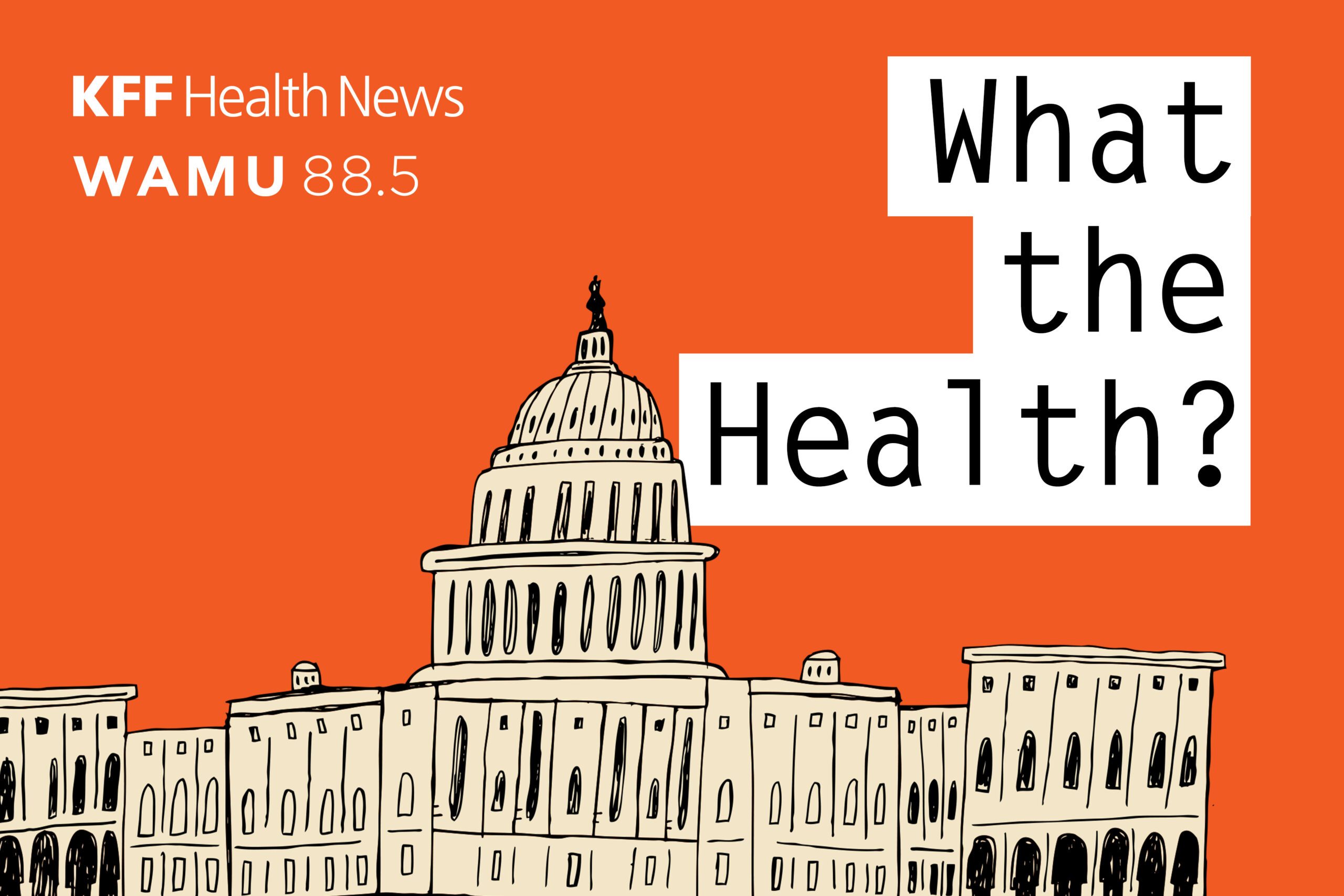Tobacco use can be deadly. According to the World Health Organization (WHO), each year, more than 7 million people die directly due their smoking and an additional 1.2 million die as a result of second hand smoke. The U.S. Centers for Disease Control and Prevention also notes that smokers die an average of 10 years earlier than nonsmokers. Now, a new WHO report details how much additional damage tobacco is doing, this time to the environment.
PHOTO: ADOBE STOCK / STEPAN POPOVIn a report released May 31, WHO said that most tobacco is grown in low- or middle-income countries where land and water could be used to produce food, but tobacco is taking many of these resources. It’s also leading to forests being cleared. As a result of the crop’s production, WHO found that 600 million trees are lost each year, while nearly half a million acres of land and more than 24 billion tons of water are used to grow the plant. It causes an additional 92 million tons of CO2 to be released in the atmosphere, as well. To put that in perspective, WHO says those emissions are equal to about one-fifth of what the airline industry produces.
The report reads, “Long before these deadly products reach the consumer, they already leave a trail of destruction in their wake. Tobacco growing destroys forests, damages soil and depletes water supplies, while manufacturing contributes to the production of toxic waste.”
 PHOTO: ADOBE STOCK / PIYAWATNANDEENOPARIT
PHOTO: ADOBE STOCK / PIYAWATNANDEENOPARIT There are other ways it leads to pollution, as well.
Dr. Ruediger Krech, Director of Health Promotion at WHO, explains, “Tobacco products are the most littered item on the planet, containing over 7000 toxic chemicals, which leech into our environment when discarded. Roughly 4.5 trillion cigarette filters pollute our oceans, rivers, city sidewalks, parks, soil and beaches every year.”
The report notes that the yearly cost to clean up this litter is also substantial, with China paying roughly $2.6 billion and India forking over about $766 million. Brazil and Germany also pay over $200 million each year to tackle the issue.
 PHOTO: ADOBE STOCK / PIMAN KHRUTMUANG
PHOTO: ADOBE STOCK / PIMAN KHRUTMUANG To address this, the report notes that some governments, including those of France, Spain, and San Francisco, have passed legislation requiring the tobacco industry to clean up the pollution it produces. WHO encourages other governments to follow suit and join in on this “Polluter Pays Principle.”
Apart from that, other steps WHO promotes to tackle the issue are helping tobacco farmers switch to sustainable crops, implementing strong tobacco taxes, and offering support to help people quit using tobacco.
If you’d like to read the whole report, click here.
Provide Mammograms
Support those fighting Breast Cancer at The Breast Cancer Site for free! →
WhizzcoOriginal Article










